Content
Afghani Genetics is the story of one of the most famous and influential varieties of cannabis. This variety has been the basis for many hybrids and is an important element in the cannabis world due to its unique properties and genetics.
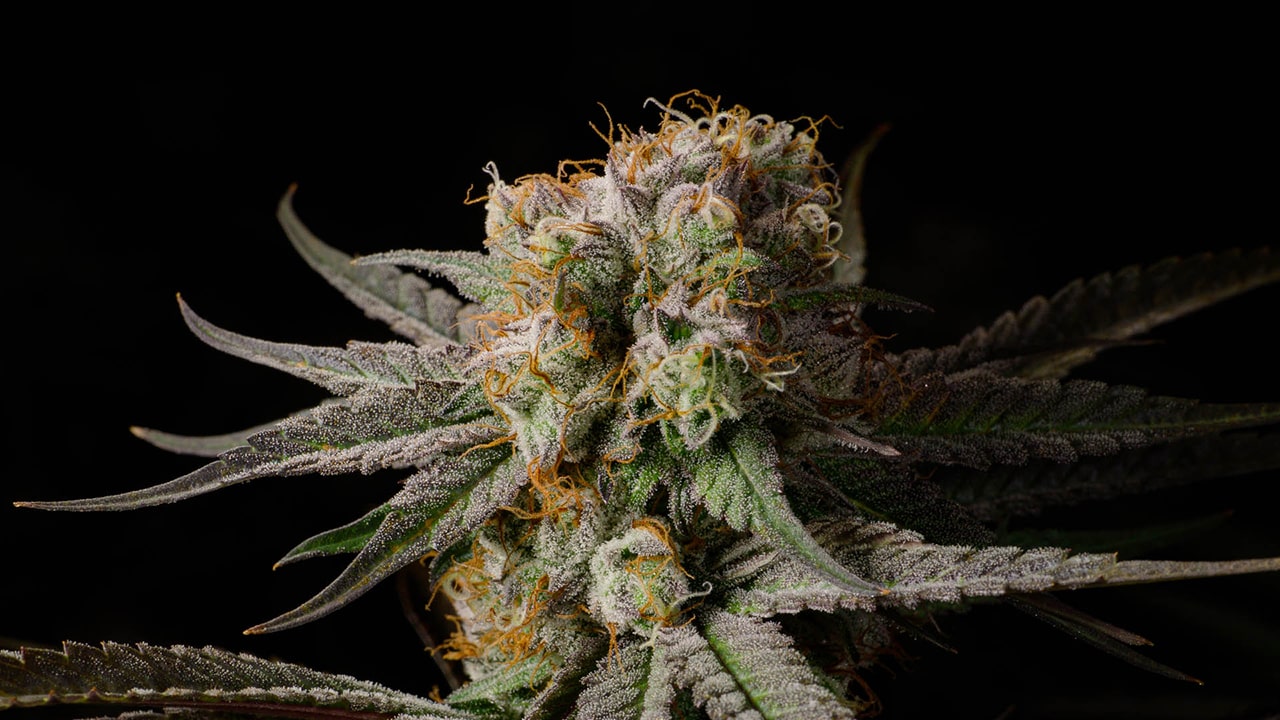
Origins and initial history
Afghani genetics originate in the mountainous regions of Afghanistan, where it has been cultivated for centuries. Afghanistan is one of the oldest areas of cannabis cultivation, and locals have used the crop for both medicinal and recreational purposes. These regions are known for their harsh climatic conditions, including large temperature variations and scant rainfall. It is these conditions that have contributed to the development of unique adaptive traits in Afghani plants.
Afghani are a classic indica with dense, stunted shrubs and broad, dark green leaves. They are adapted to mountainous regions where they need to quickly complete their flowering cycle before cold weather sets in. This makes Afghani one of the most resilient and hardy cannabis genetics, able to survive in unfavorable conditions.
The resin of Afghani plants is particularly valuable as it contains high levels of cannabinoids including THC and CBD. The resin has traditionally been used to produce hashish, which is an important part of the region's cultural and religious heritage. Hashish from Afghanistan has been known for centuries for its high quality and powerful effects.
An important aspect of Afghani's history is its cultivation and selection by local farmers. Generations of farmers preserved and improved the best individuals, selecting plants with the best characteristics such as high productivity, resistance to disease and unfavorable conditions, and powerful effects. These traditions have been passed down from generation to generation, thus preserving Afghani's unique traits.
Afghani genetics are also culturally significant. Cannabis has been used in religious and medicinal rituals, emphasizing its importance to local communities. The plant has become an integral part of the lives of people in the region, and its cultivation has played an important role in their economy and cultural identity.
Popular varieties
Afghani genetics have provided the basis for many popular cannabis varieties that are widely appreciated for their unique properties:
Auto Super Skunk Feminised Silver
Northern Lights Feminised Gold
Auto New York Diesel Feminised Gold
The spread of Afghani genetics
In the mid-20th century, interest in cannabis began to grow worldwide, especially among Western travelers, explorers and botanists. This time was a turning point for the spread of Afghani genetics beyond its native region. Travelers, often referred to as “hippie trailblazers,” explored the East in search of spiritual and cultural enrichment and discovered the powerful effects and unique properties of Afghani cannabis.
When Afghani seeds began to reach Europe and North America, they ended up in the hands of experienced breeders who began crossbreeding them with local varieties. The goal was to create hybrids that combined the best qualities of both parent plants. One of the most famous results of this crossing was the Skunk #1 variety, which combines the resilience and high productivity of Afghani with the milder and more flavorful traits of sativa.
Breeding continued, and many new hybrids based on Afghani genetics began to gain popularity. These hybrids featured a variety of effects, flavors, and aromas to meet the needs of a wide range of users.
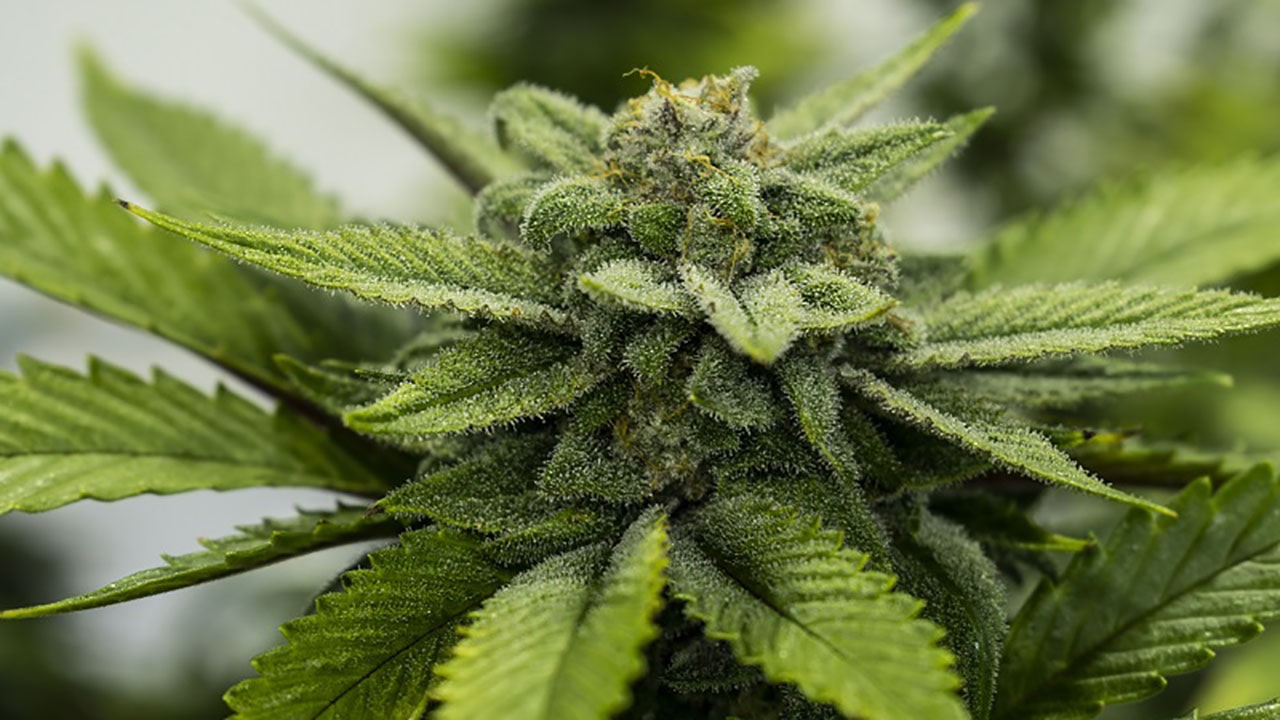
Impact on culture
With the spread of Afghani genetics in the West, the process of legalization and recognition of the medical properties of cannabis has begun. Studies have shown that varieties with high THC and CBD content, such as Afghani, can be effectively used to treat a variety of conditions, including chronic pain, anxiety disorders and insomnia. This, in turn, has contributed to changing public opinion and policy towards cannabis in various countries.
Afghani genetics has also contributed significantly to the conservation and enrichment of cannabis genetic diversity. Plant breeders continue to use Afghani to develop new varieties that have unique characteristics and are adapted to different climatic conditions. This not only improves quality, but also preserves the genetic heritage of cannabis for future generations.
WARNING! Errors Seeds does not encourage or encourage you to grow cannabis. Cultivation is prohibited by the legislation of Ukraine. The article is only of scientific and educational interest.
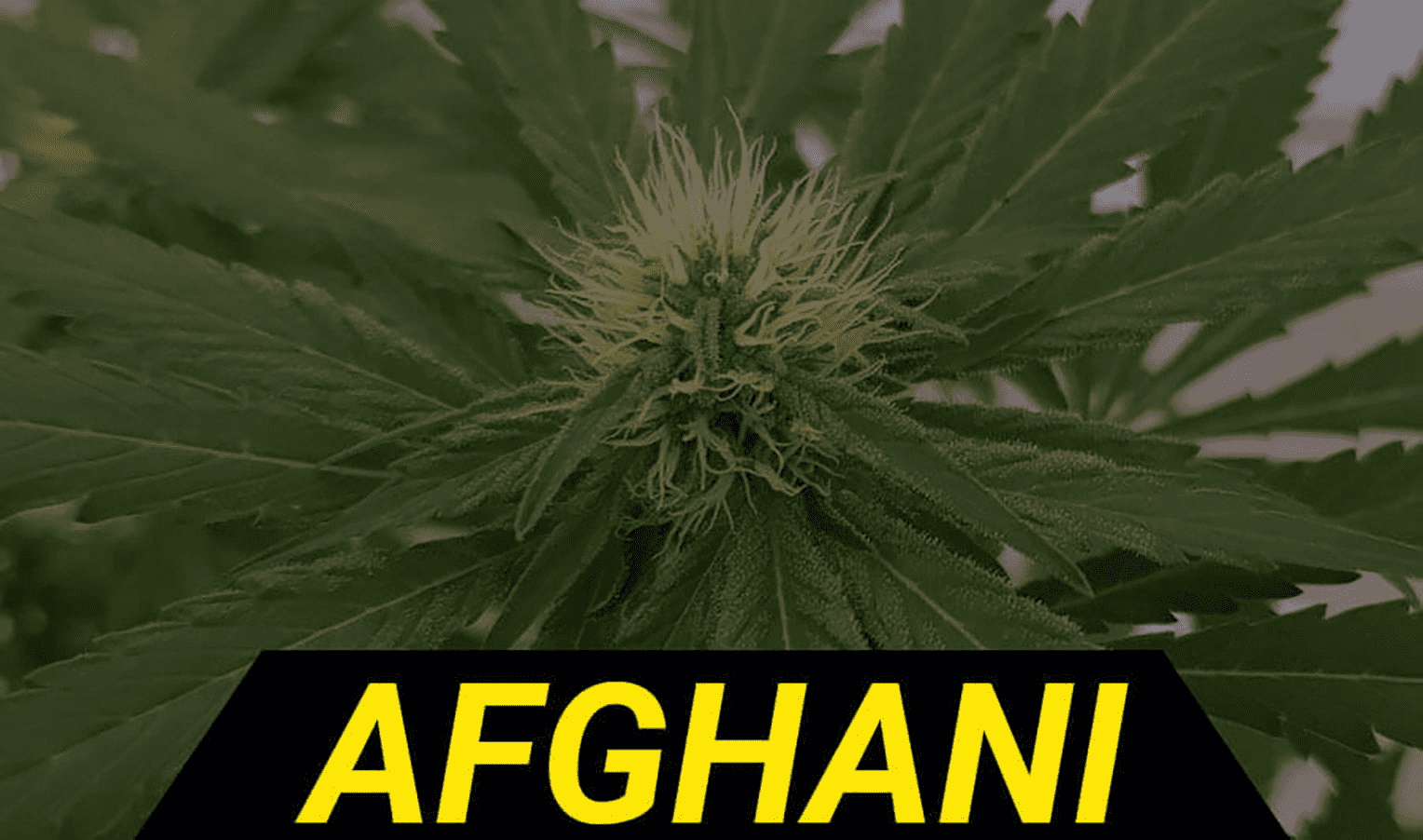



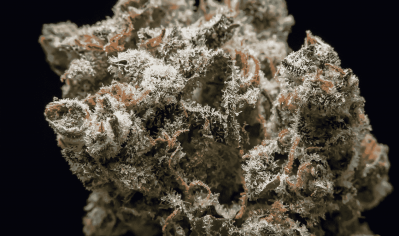



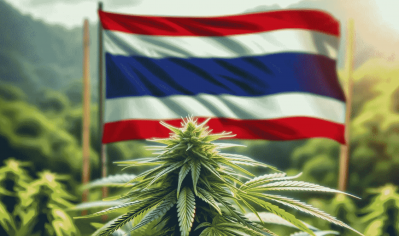




Write a comment